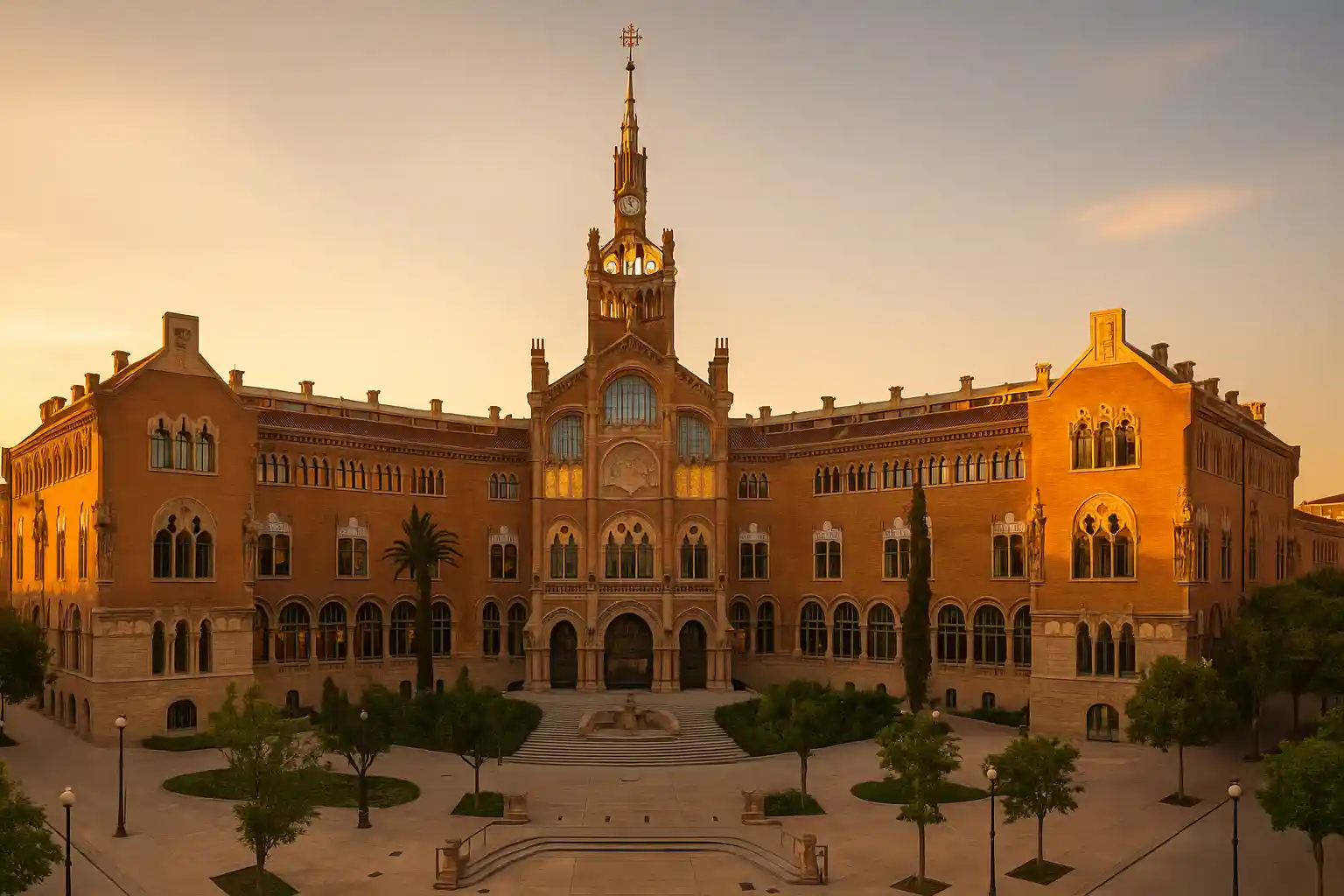Sant Pau Recinte Modernista: UNESCO Architecture, Gardens & a Quiet Pause

Why It Matters
Designed by Lluís Domènech i Montaner, Sant Pau fuses medicine, urban planning and craft. Pavilions are linked by tunnels, crowned with domes and covered in vegetal motifs—architecture as therapy and symbol. It complements Sagrada Família just up the avenue; see both to understand Barcelona’s modernisme.
Highlights
- Main Administration Pavilion: stained glass, polychrome tile and a grand staircase built like a stage.
- Underground Galleries: the hospital’s connective tissue—atmospheric, well-signed and photogenic.
- The Pavilions & Domes: mosaic domes and brickwork up close; details are easier to read than in larger sites.
- Gardens & Axes: calm paths and citrus; sit and absorb the color logic and ornament.
- Exhibitions: concise displays on the institution’s history, urban change and craft techniques.
How a Visit Works
The route is self-guided with clear panels and optional multimedia; plan 60–90 minutes at an easy pace. Guided tours add deeper context on symbolism, materials and medical history. Morning light suits interiors; late afternoon warms the façades and domes.
Tickets & Getting There
Book a timed entry ticket. With a Hola Barcelona card you can move easily between Sant Pau and nearby sights. Combine with Sagrada Família the same day if you like an architecture double-feature.
- Start in the main pavilion, then take the galleries to the gardens for a calm loop.
- Look for recurring plant motifs—acanthus, palms, flowers—in stone, iron and tile.
- Photo tip: interiors benefit from a fast lens; exteriors glow in the last hour of light.
Pairings & Nearby
Walk the Avinguda de Gaudí axis to Sagrada Família, or add Hospital de Sant Pau’s neighborhood cafés for a slower day. If you’re on a modernisme track, circle in Palau de la Música or Casa de les Punxes on another afternoon.
